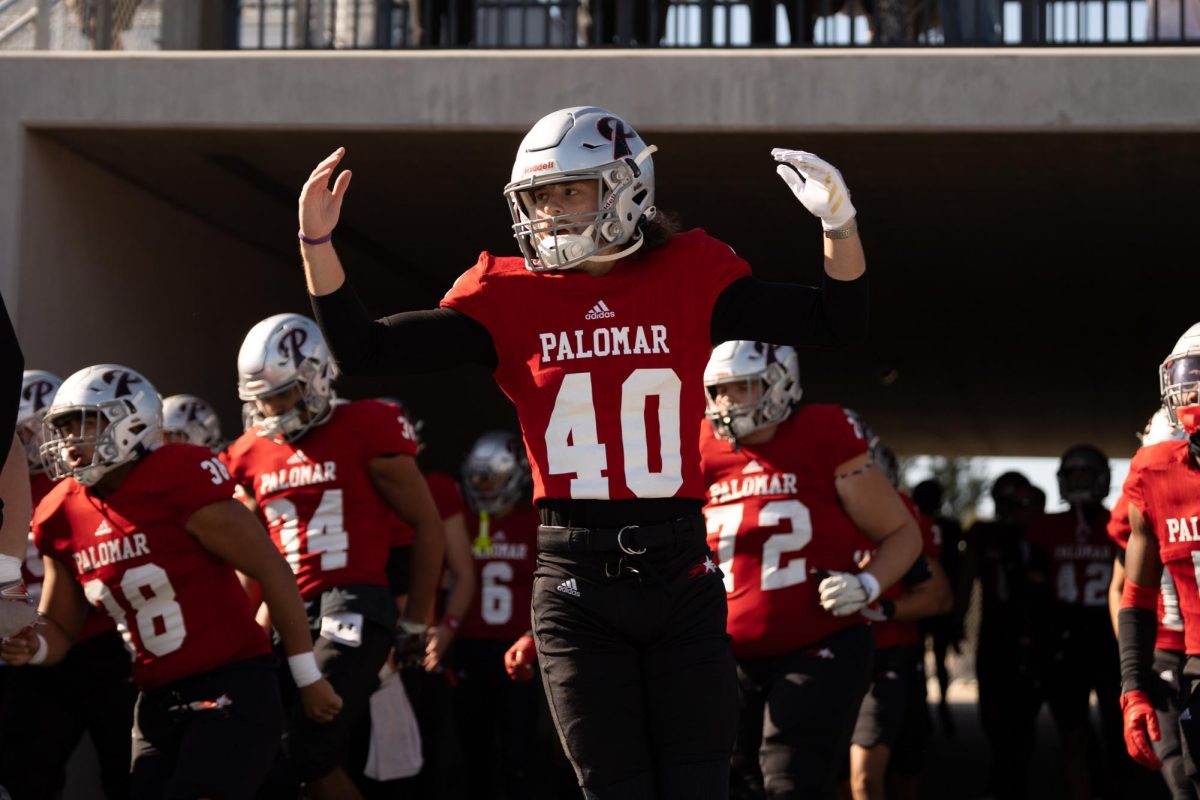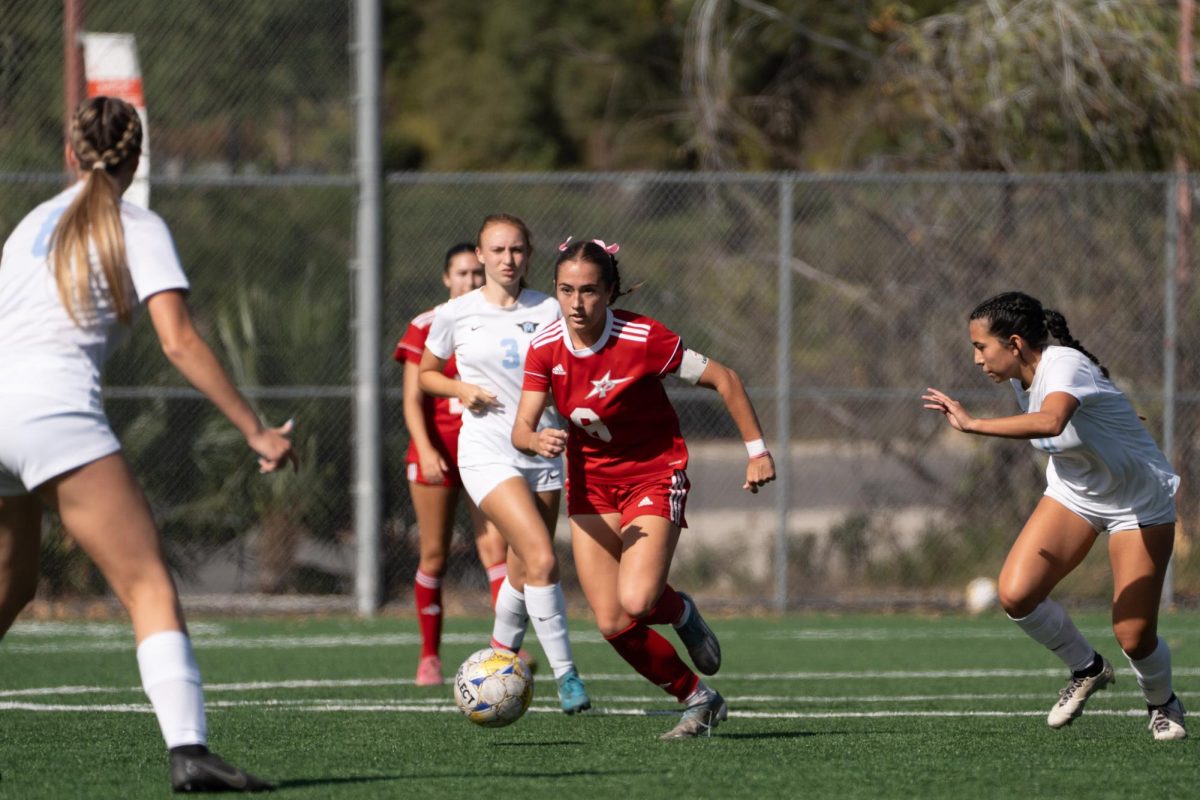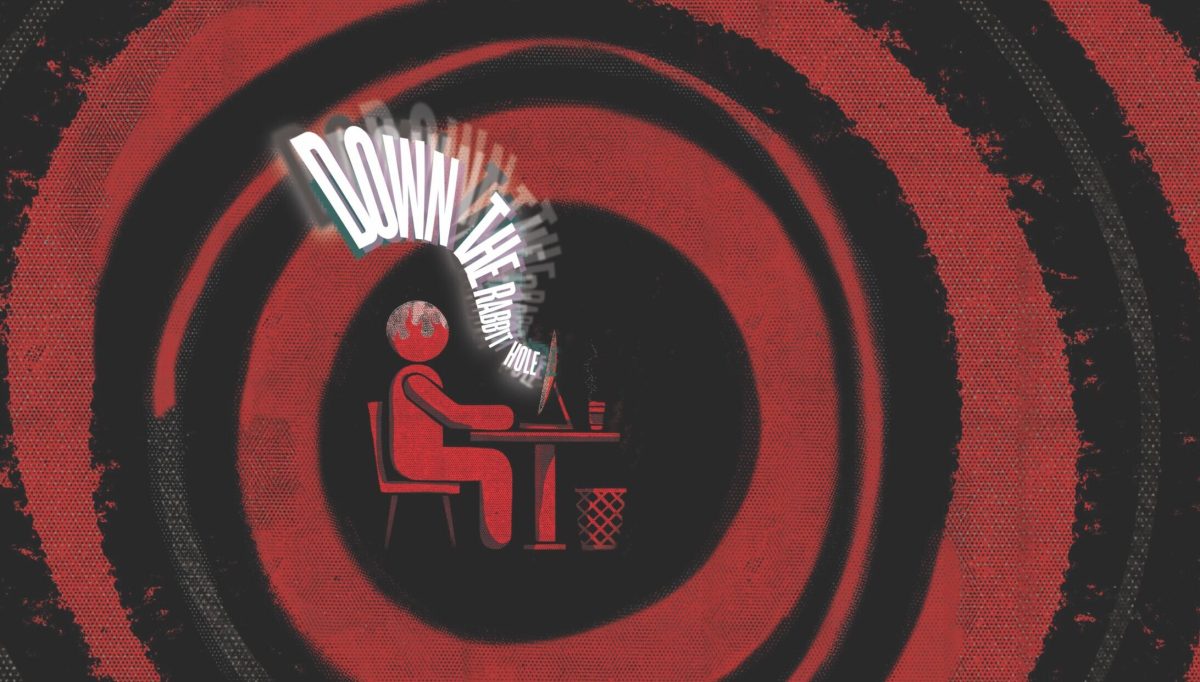The NCAA was an organization built to protect its players from injuries and the increasing numbers of death in college sports, but somewhere along the way it has turned into a group of money-grubbing men and women.
The National Collegiate Athletic Association announced on Jan. 18 its support in the Big Ten’s new proposal that all undergraduate student athletes are allowed one transfer without sitting out a year. Shortly after this was announced, the Atlantic Coast Conference also backed the Big Ten’s proposal of a new transfer rule.
If all conferences cared about their players at all they would soon follow suit. The NCAA only applies this rule to the five major revenue sports in football, baseball, men’s hockey, and men’s and women’s basketball.
The transfer rule does not apply to any other Division I sport, and why would the NCAA want its biggest money makers to mess things up for it? However, the NCAA isn’t looking at this “problem” in the correct light.
The association should allow transfers because it might actually make them more money, and also relieve some of the criticism it constantly receives about how it treats its athletes.
The NCAA for years has been catching heat for its treatment of its college athletes. People often criticized it for being too controlling and not giving any power to its athletes who generate all of its revenue.
However, I think this past college football season might’ve changed the NCAA’s outlook. This past season we saw three major story lines in college football. We had three transfers from three major colleges, all quarterbacks and future NFL prospects.
Jacob Eason transferred from the University of Georgia to the University of Washington, Justin Fields transferred from the University of Georgia to Ohio State University, and Jalen Hurts transferred from the University of Alabama to the University of Oklahoma.
These transfers were major stories because all these teams were potential playoff teams already, and they just got a little bit better.
By the end of the season, two of the quarterbacks did indeed end up in the playoffs. The team who was the number one seed also had a transfer quarterback who transferred from Ohio State to Louisiana State University in 2017. So we had three transfer student athletes leading their teams in the biggest event in college football.
This event is so big that ESPN has a 12-year contract with the NCAA, paying $470 million per year. Over 21 million people watched the Ohio State vs. Clemson semi-final game alone, and was only 300,000 viewers short of the previous year’s College Football Playoff finals.
In the end, this led to one of the NCAA’s most successful games viewership-wise.
The NCAA should allow transfers not only because it brings in money. Many of these players had very good reasons to transfer from their previous schools.
When you go to a Division I school for athletics you’re hoping to make it to the professional level at some point. Sometimes things don’t go according to plan while you’re at the school you chose, and you get stuck riding the bench or maybe the environment just doesn’t suit you.
Why would you keep yourself in a perilous position to your future and dreams?
Joe Burrow, the player who transferred from Ohio State to LSU in 2017, was a three-year bench player at Ohio State before transferring.
Once he got to LSU, he won the starting job and proceeded to lead his team to a National Championship in his second year and win The Heisman Trophy, which is given to the most prolific athlete that season.
The team he led is now considered one of the greatest teams in college football history, largely due to what he accomplished and how decorated his accomplishments were.
Joe Burrow is now projected to be the number one overall pick in the NFL draft this year, and he isn’t the last student athlete to transfer schools and have a success story like this.






















































